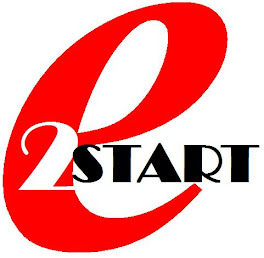7Cs - Critical Success Factors to Execution Excellence
(CopyRight 2009; Benjamin Goh, www.bensglobal.com)
One Company - Vision with mission statement and goal(s). Every plan, business, activity and action that the company takes must be in line with the vision and mission of the company. Every single human resource must be aware of the vision and mission of the company and memorize and always keeping in mind these statements and live it out in their work and plans.
One Culture - Family. Behave like one family where unity is key to defending one's competitiveness and unity is key to organization effectiveness and efficiencies! Every human resource in the organization ought to understand, believe and live the Culture of the company.
One Constant - Change. This is the only constant that any organization should be vividly aware of and that the ability to adapt, align and adjust to the change is key in ensuring execution excellence! Nothing stays static and thus, build into the organization the capability to be flexible at the right time and at the right place but within budget, on time and within quality.
One Cost - Cash-flow. Any execution would involve some cost, big or small. The forecast and management of the cash flow for any execution is key to ensuring that the goals to be achieved will be realized and that any problems that may arise in the course of the execution may be pro-actively resolved rather than re-actively managed.
One Course - Road-map and Processes. It is unavoidable that there will always be multiple resources working together and also working separately within an organization. Its key that all the different business processes are mapped and managed to arrive at the desired goal. Every individual should be informed accordingly of how each road-map or process is going to affect them directly or indirectly and how they are to set aside their individual interest to achieve the common interest of the company.
One Customer - Customer is King, whether internal customers (other department or divisions or subsidiaries) or external customers (companies that buy our solutions, products and/or services). Analyze the background of the customers and their needs. If the company can add value to the potential customer, then go for it. If not, the company should let go of the prospective customer and focus on the type of customers or market(s) that they will be able to truly add value and be profitable.
One Communication - Single voice to all the staff and business partners from the No. 1 person of the company (be it the CEO or President or Chairman) is important to ensure no dilution of information and non-polluted feedback from the ground level. This covers not only internal correspondences but also public relations, marketing and branding messages!
...in conclusion, One Win, All Win!
Monday, April 27, 2009
Subscribe to:
Post Comments (Atom)

No comments:
Post a Comment